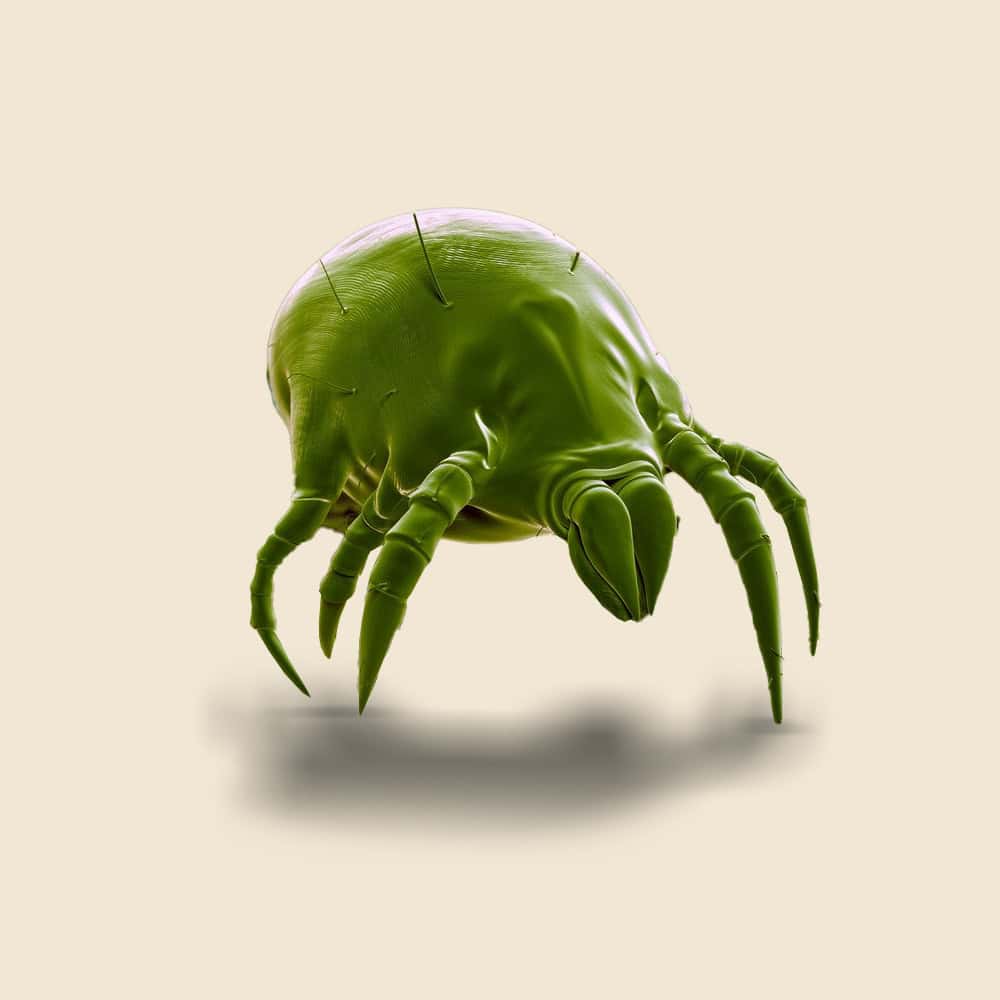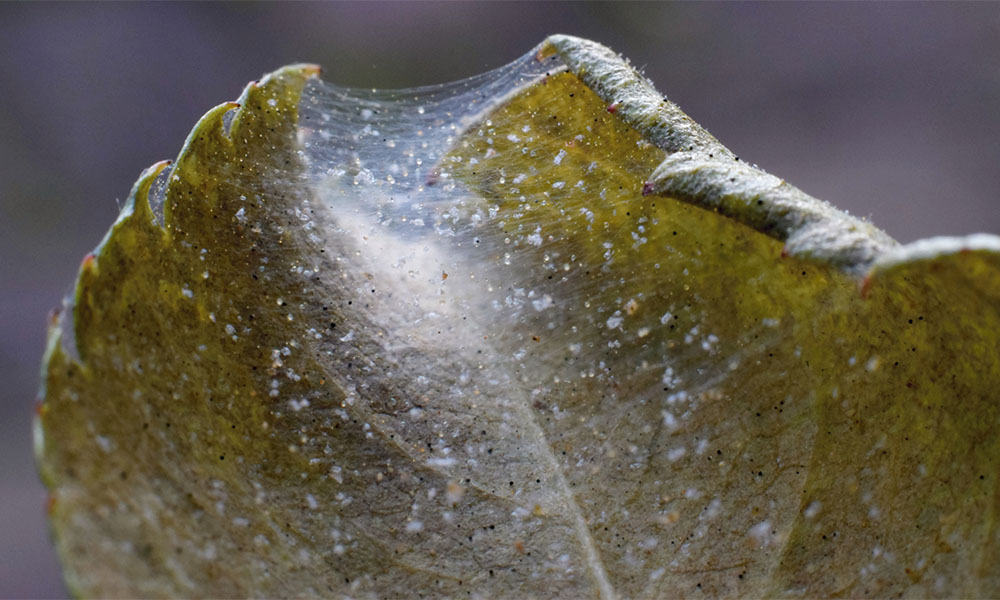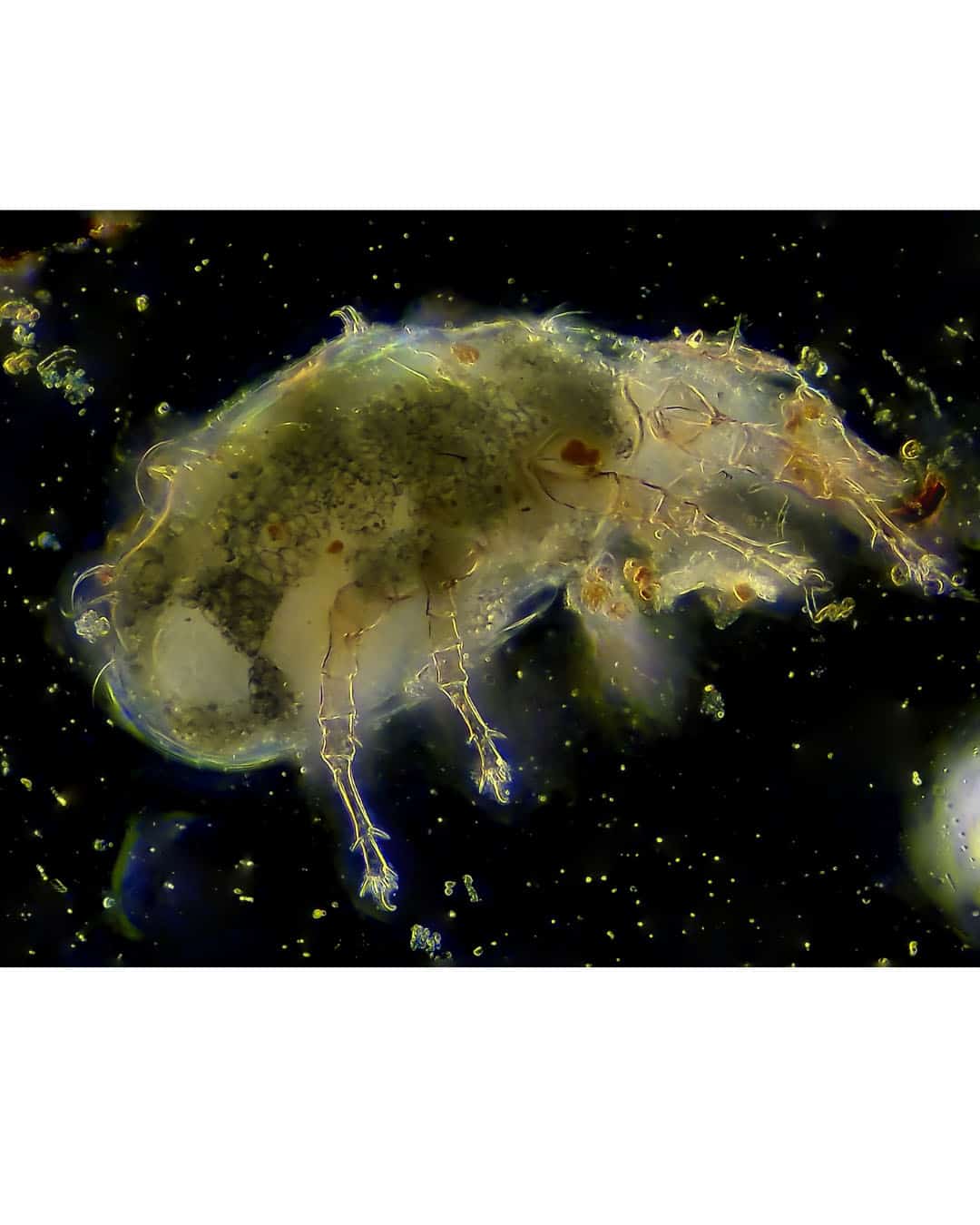Microscopic Mite Facts & Information
Microscopic mites are tiny pests, often invisible to the naked eye, that can cause discomfort and health issues in both humans and animals. These mites live in various environments, including homes, gardens, and on animals. Common types include dust mites, bird mites, and scabies mites, each posing distinct challenges and concerns for homeowners.

Demodex
What You Need To Know About Microscopic Mites
What do microscopic mites look like?
Microscopic mites are extremely small arachnids, usually less than 0.5 millimeters in length, making them invisible to the naked eye. They typically have oval bodies with eight legs, but their exact appearance varies by species. Due to their size, most are only identifiable under a microscope.
What do microscopic mites eat?
Microscopic mites feed on a wide range of materials depending on the species. Some feed on plant material, fungi, or organic debris, while others, like dust mites, consume dead skin cells shed by humans and animals. Certain species, such as scabies mites, feed on human skin by burrowing into it, causing irritation.
What sort of habitat do microscopic mites live in?
Microscopic mites thrive in diverse environments. Dust mites prefer indoor areas with high humidity, like bedding, carpets, and upholstered furniture. Other mites, such as plant mites, live on leaves or soil. Some species, like scabies mites, live directly on humans or animals, burrowing into the skin.
How do microscopic mites commonly behave?
Microscopic mites can reproduce rapidly under favorable conditions. Dust mites, for instance, flourish in warm, humid environments and can infest homes by the millions. Scabies mites burrow into the skin, leading to intense itching and irritation. Most microscopic mites are harmless, but certain species can cause allergic reactions or skin conditions in humans.
Did you know this about microscopic mites?
There are over 48,000 identified species of mites, but it is estimated that millions more species have yet to be discovered. Dust mites are a major cause of allergies and asthma, as their droppings and body parts can become airborne and inhaled by humans. Interestingly, some microscopic mites, such as scabies, have been affecting humans for thousands of years and can spread through close physical contact.
Understanding Microscopic Mite Infestations
Understanding microscopic mite infestations is crucial for proper control. Due to their small size, these mites are often unnoticed until they cause allergic reactions, skin irritation, or other health problems. Dust mites, for example, thrive in household dust and feed on dead skin cells, while bird and rodent mites can infest homes when their hosts, such as birds or rodents, leave nests or die. Scabies mites burrow into the skin, causing intense itching and rashes.

How Hearts Handles Microscopic Mite Treatment
Hearts Pest Management employs an integrated pest management approach to handle Microscopic Mite infestations.
Microscopic Mite Inspection
Microscopic Mite Treatment
Microscopic Mite Prevention
Educational Resources

Think You Might Have a Microscopic Mite Infestation?
At Hearts Pest Control, we understand the challenges associated with Microscopic Mite infestations and are here to provide professional solutions tailored to your needs. Flourishing in warm and humid climates, they are prevalent in many regions, including San Diego County, Orange County, and Los Angeles County.